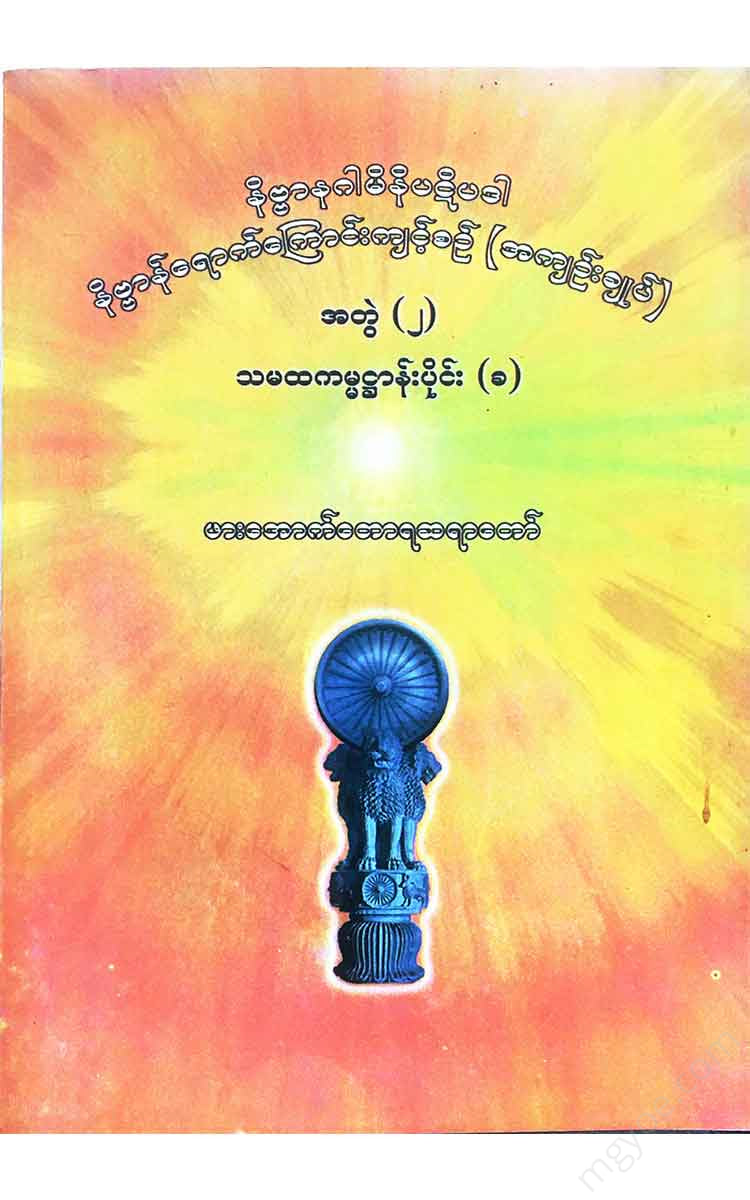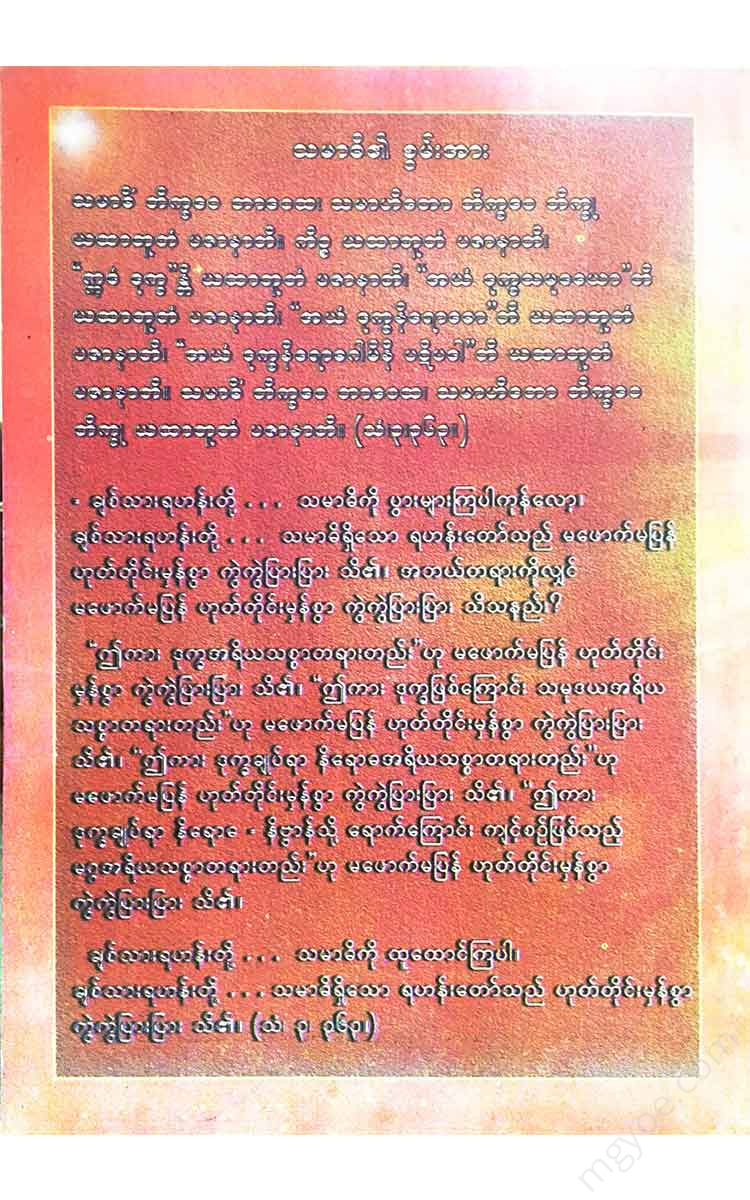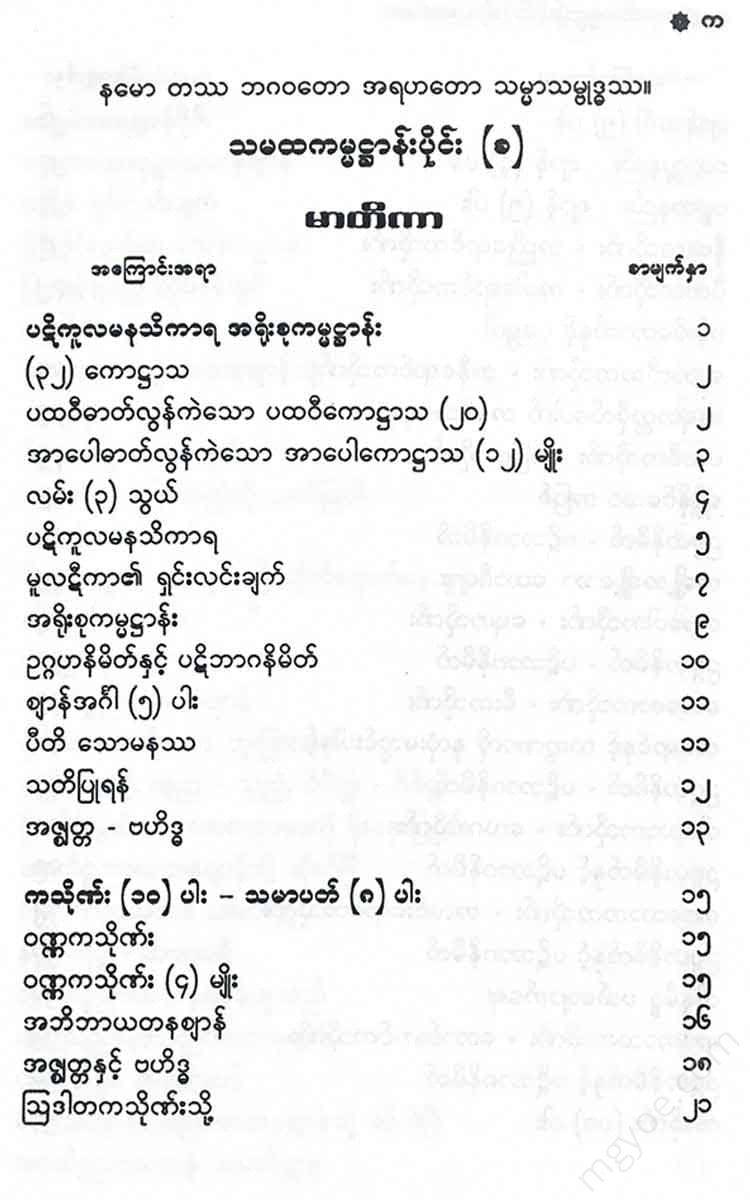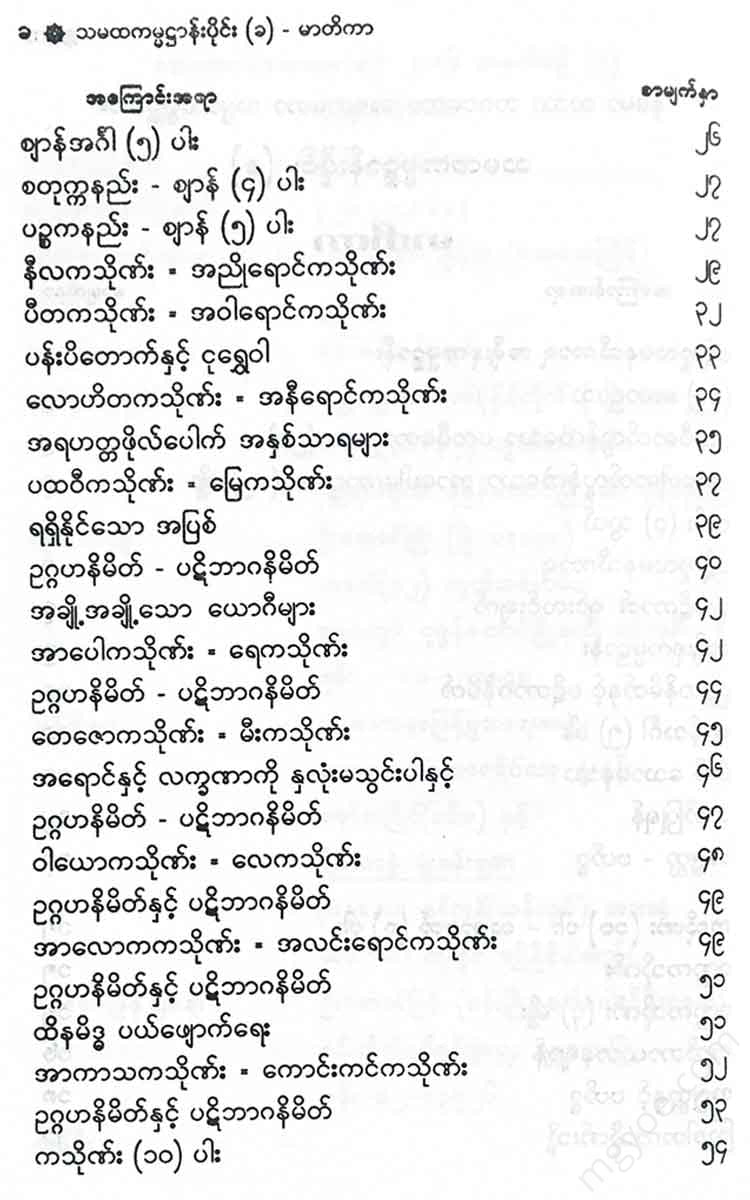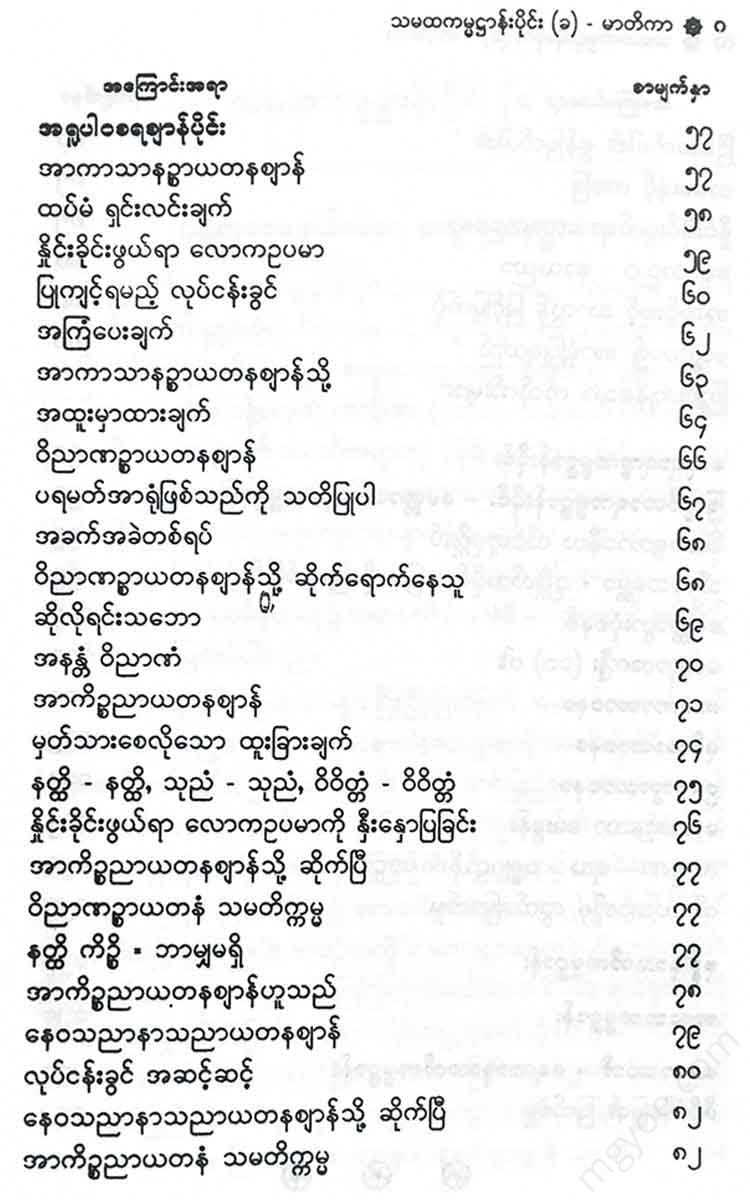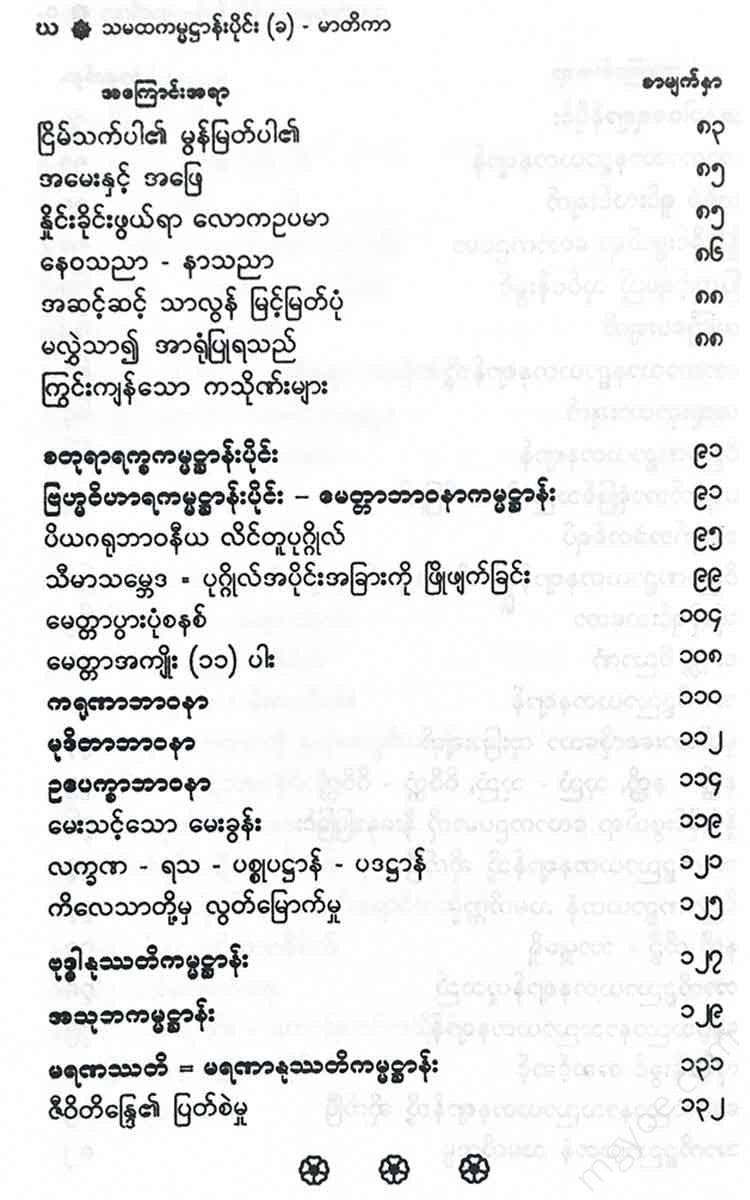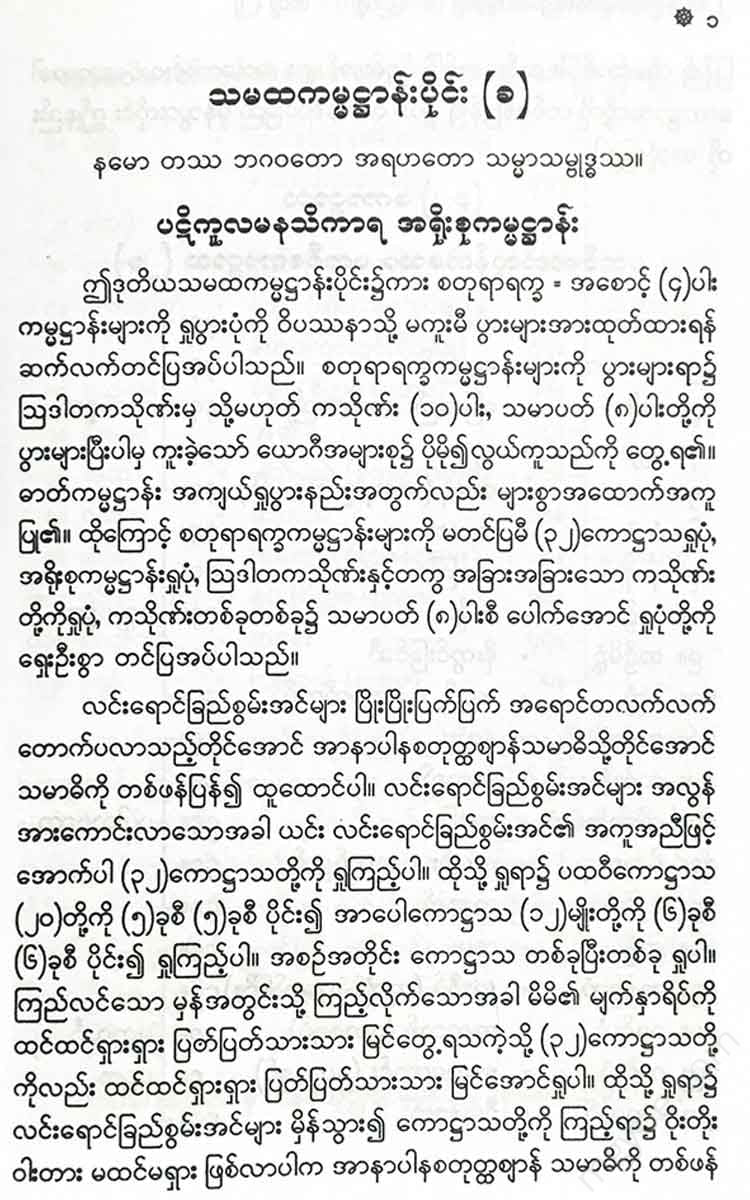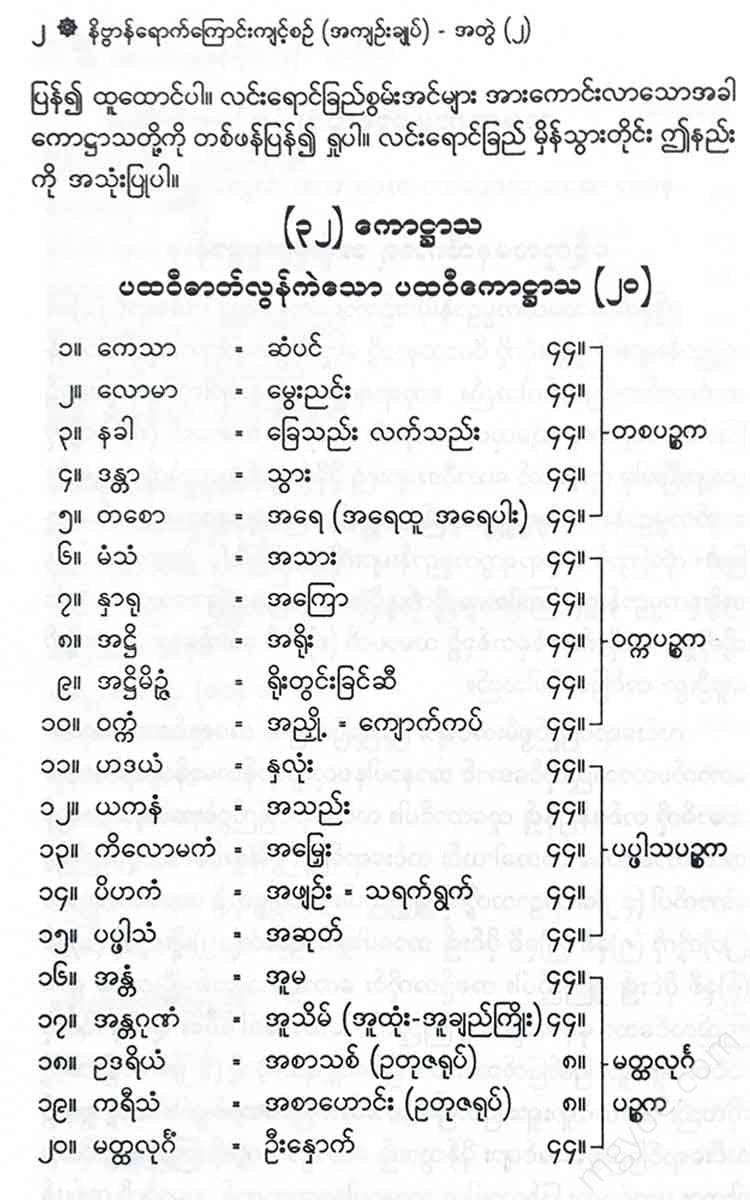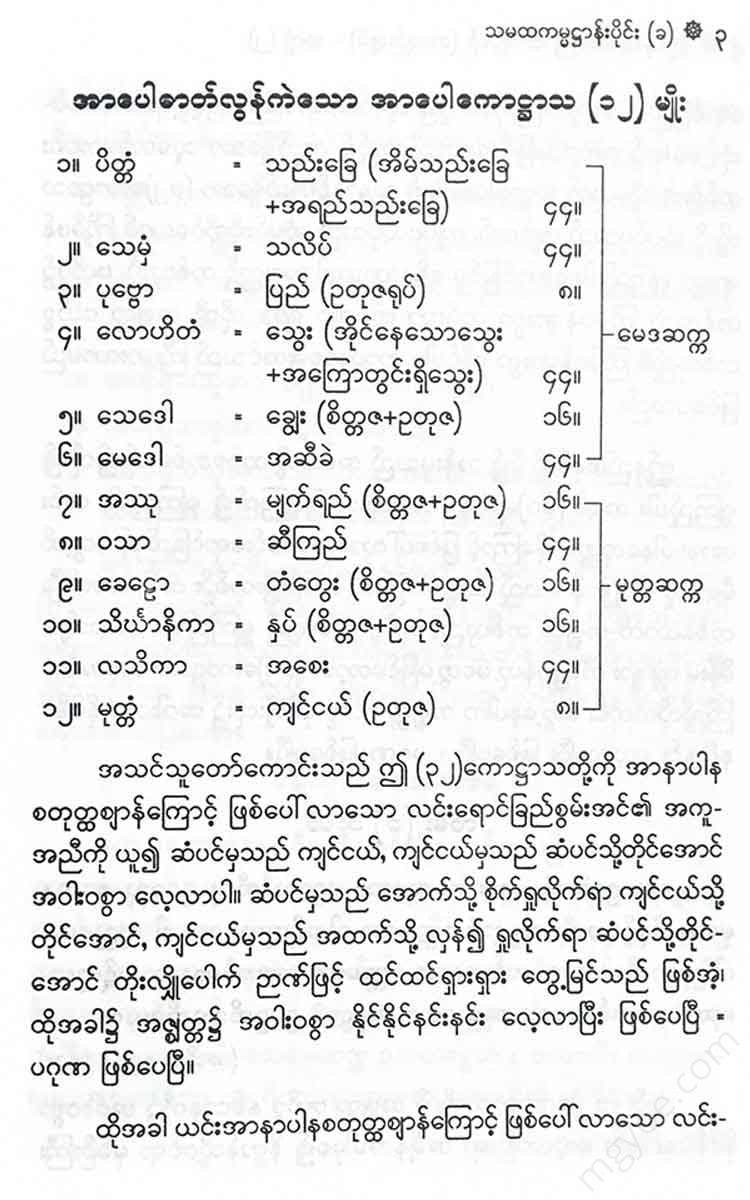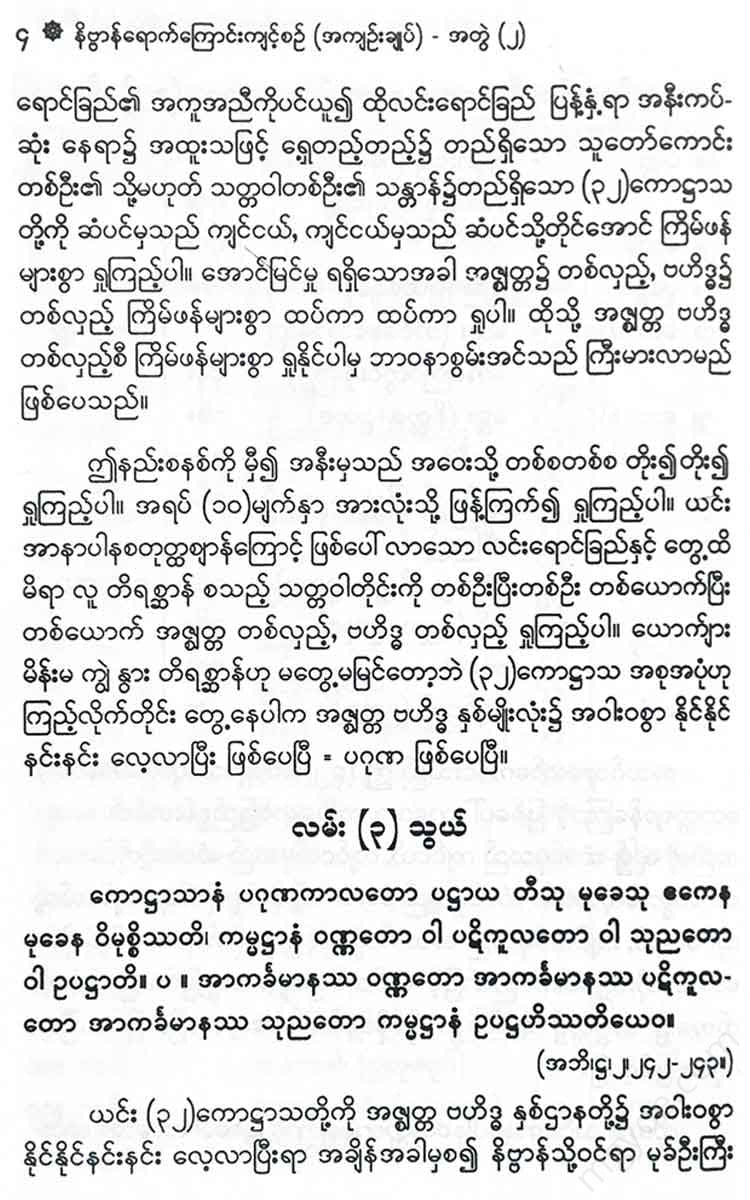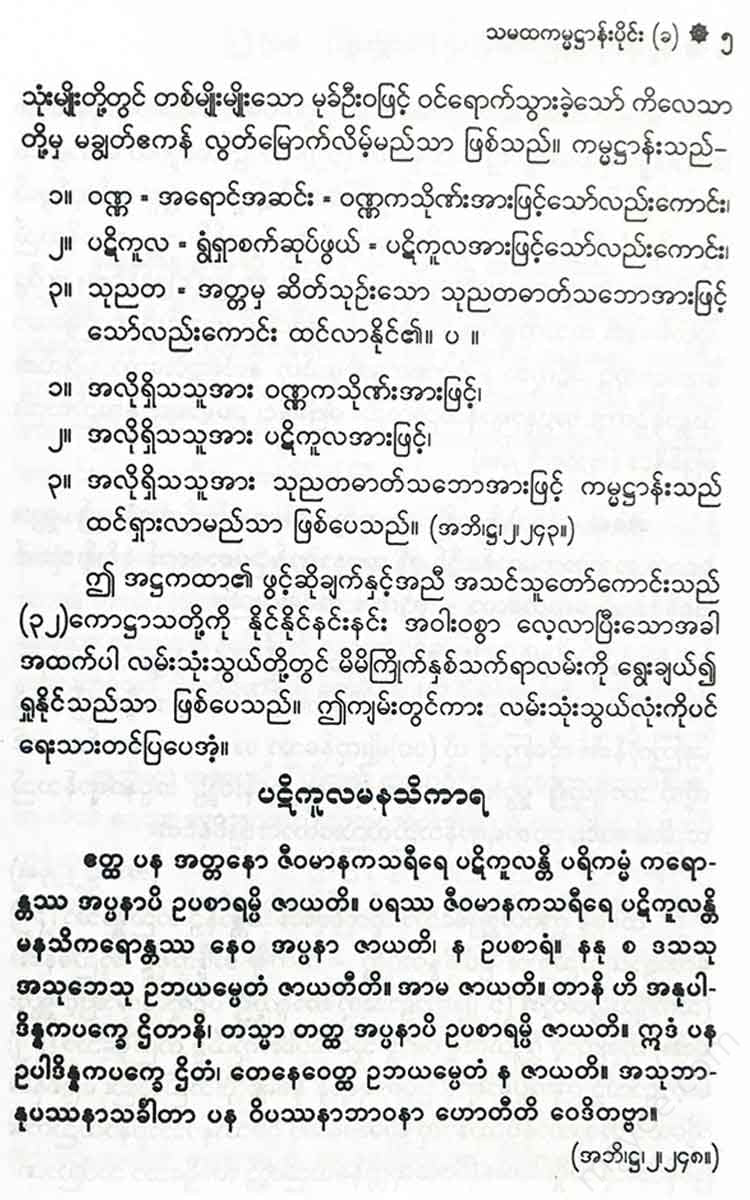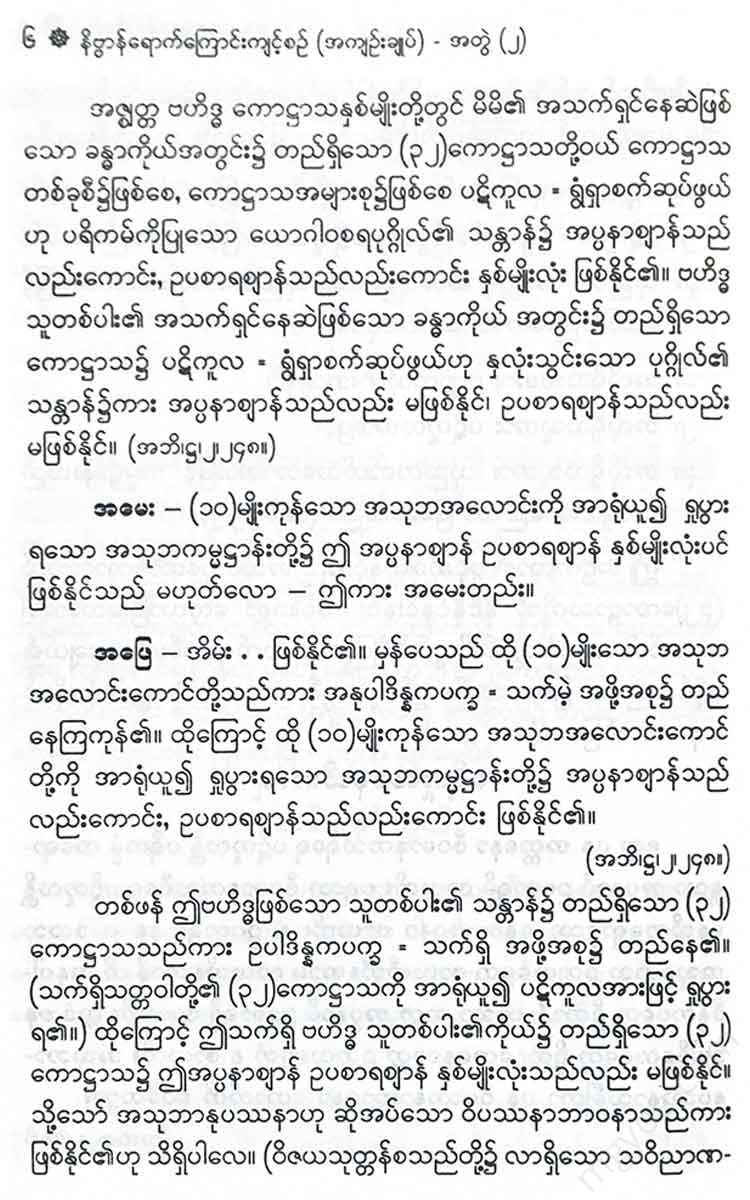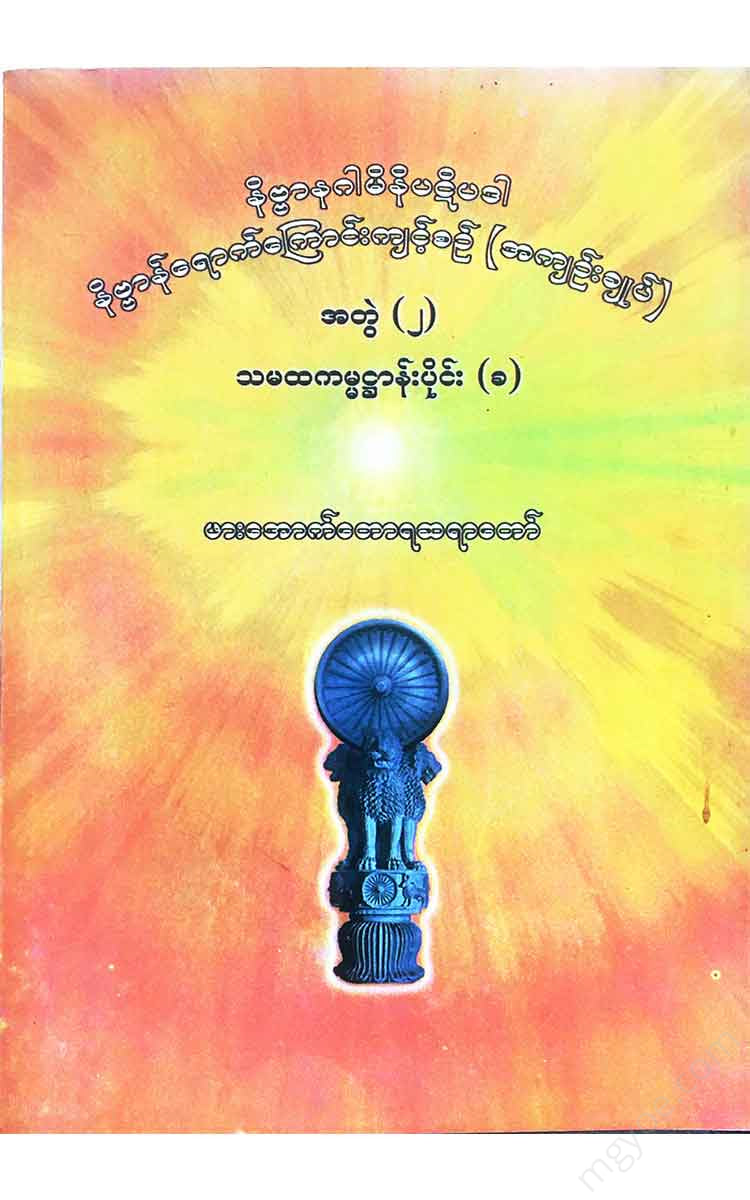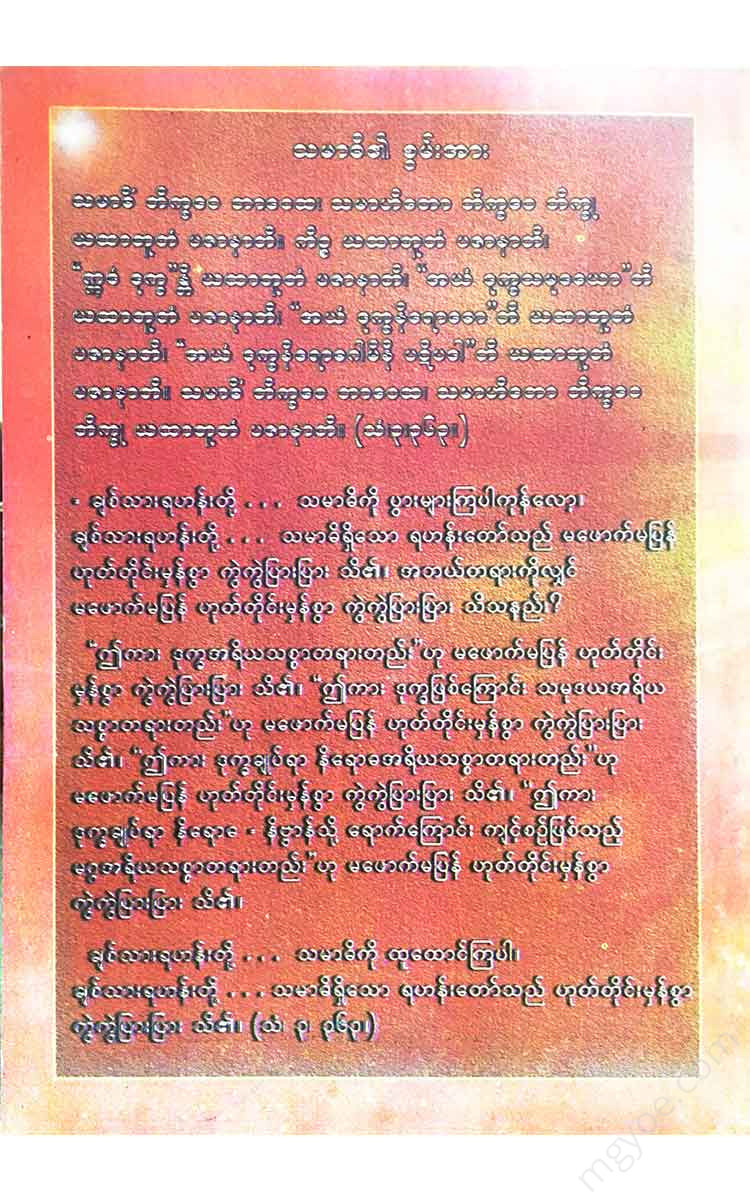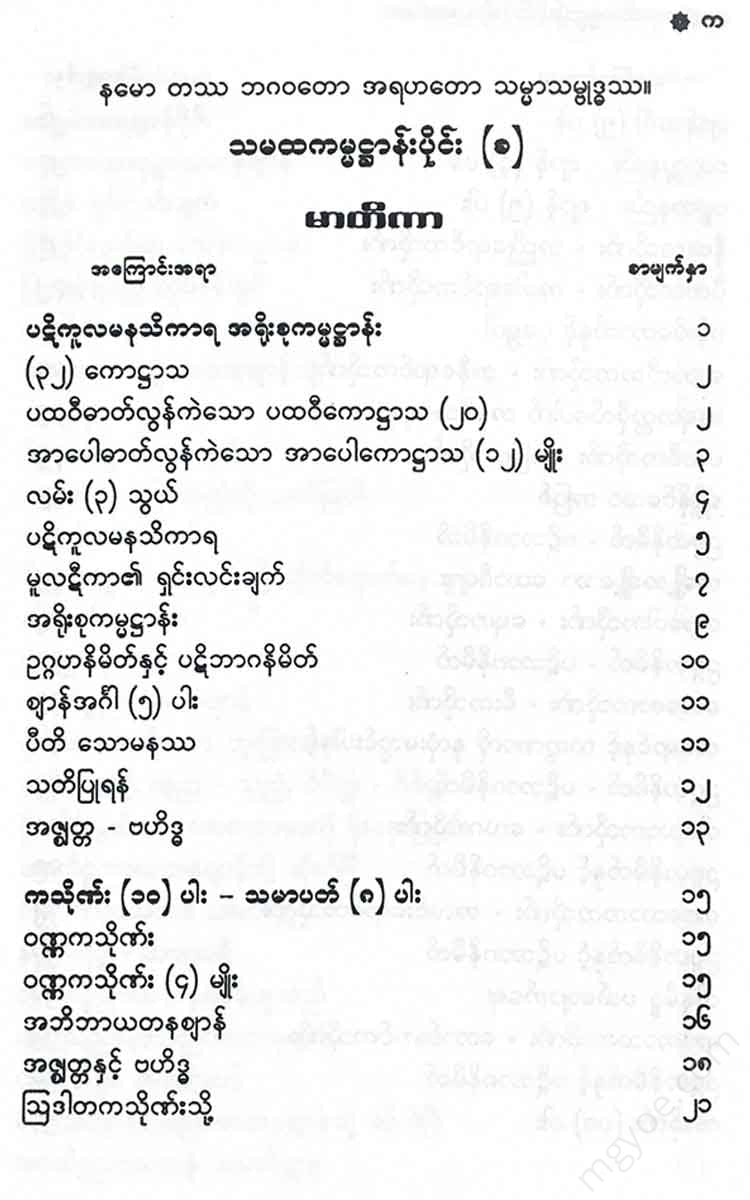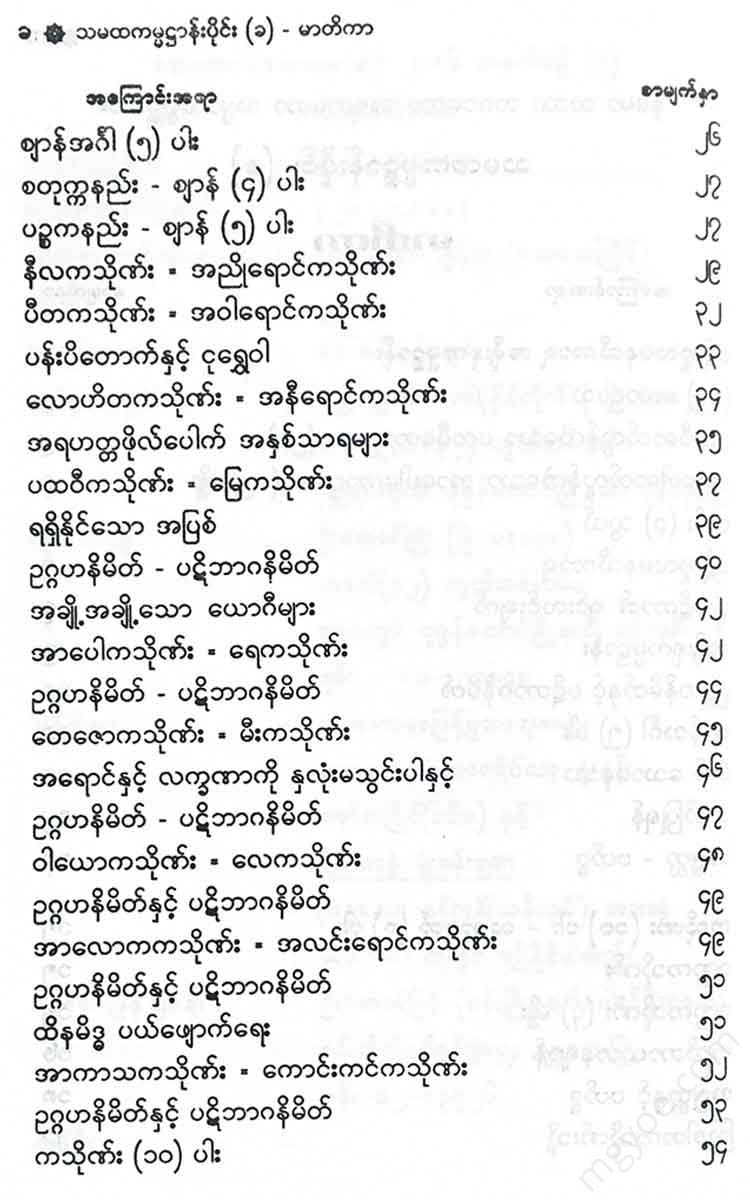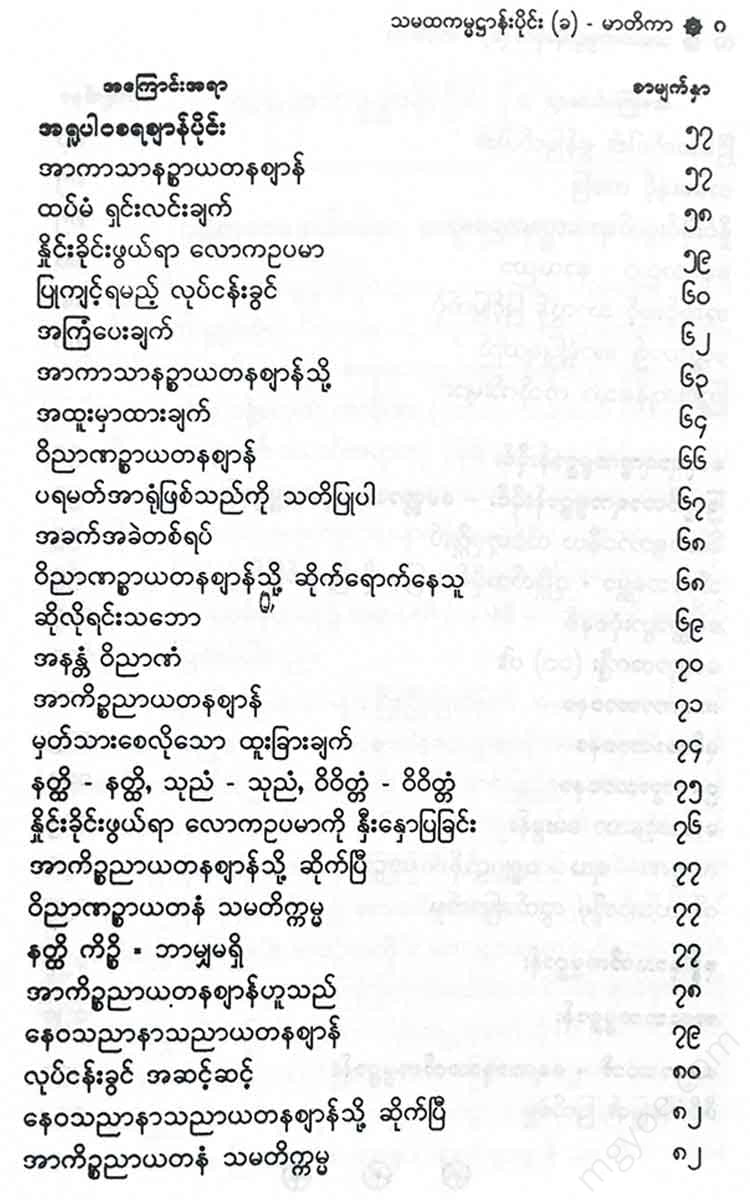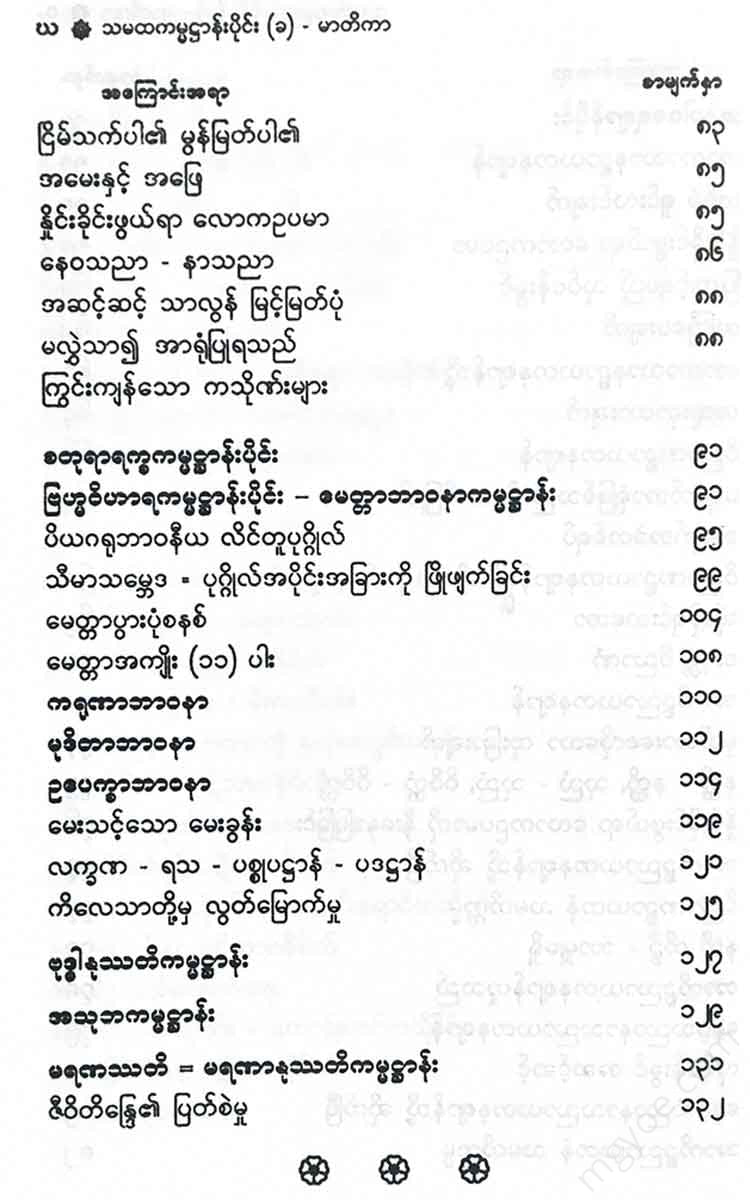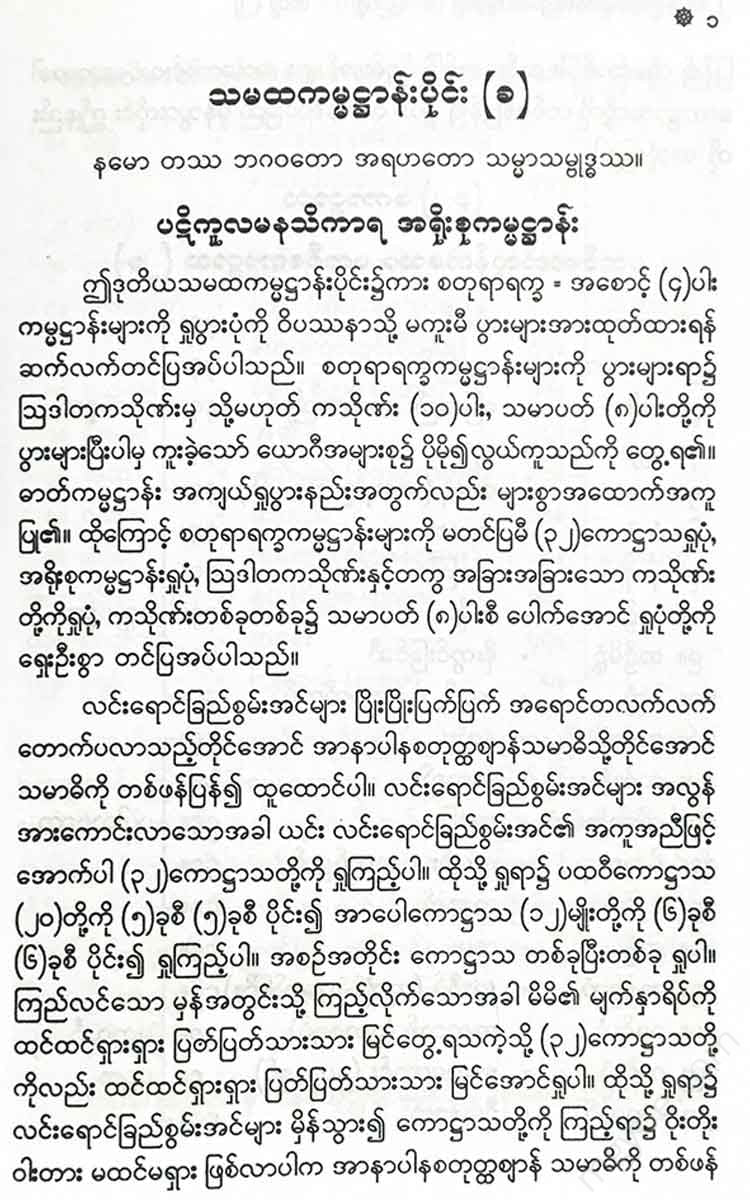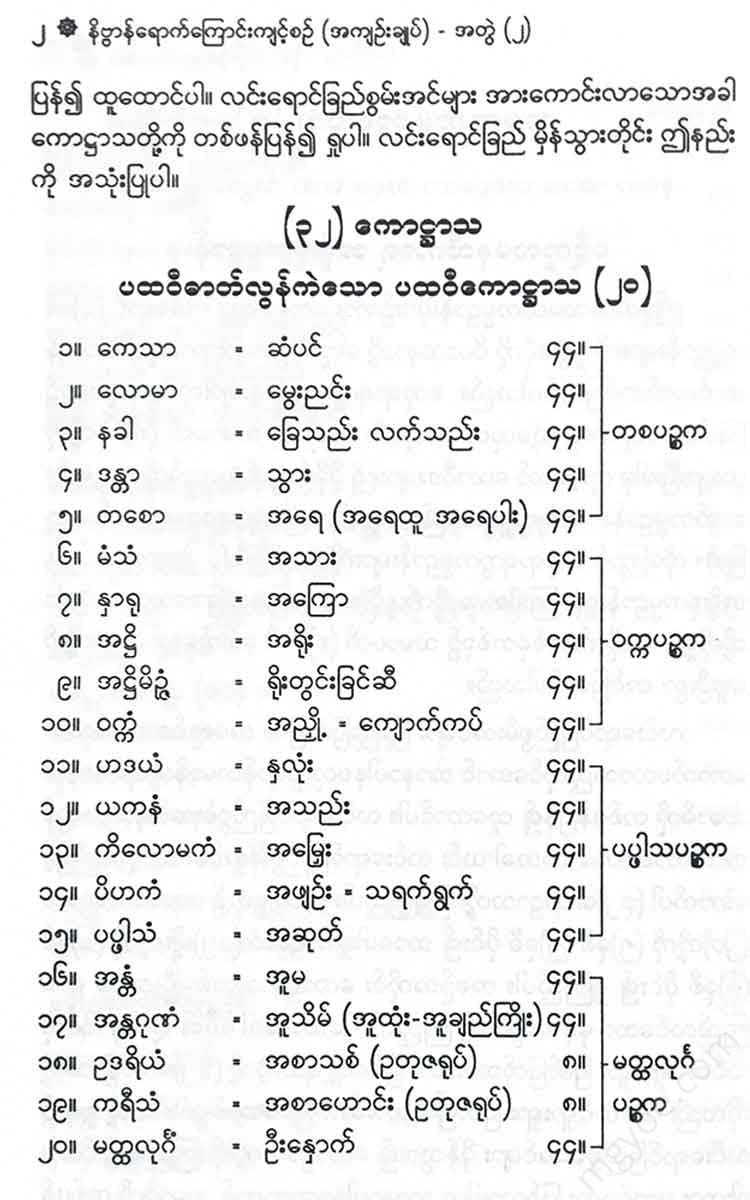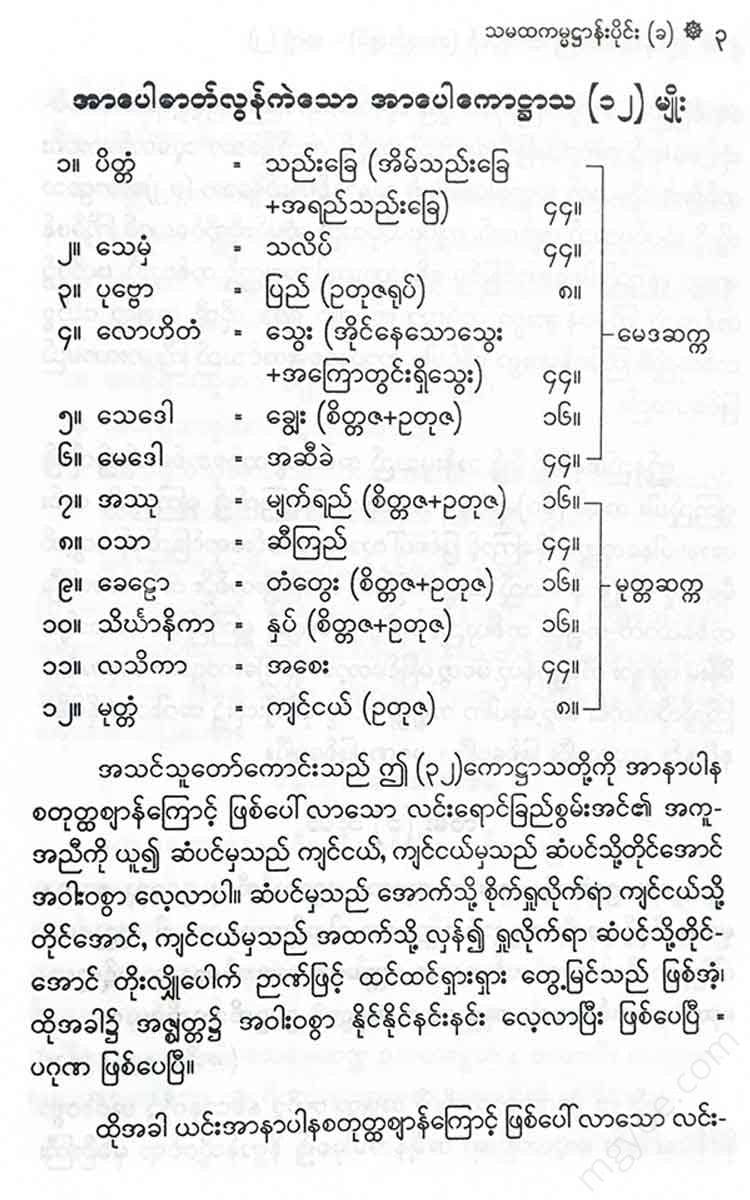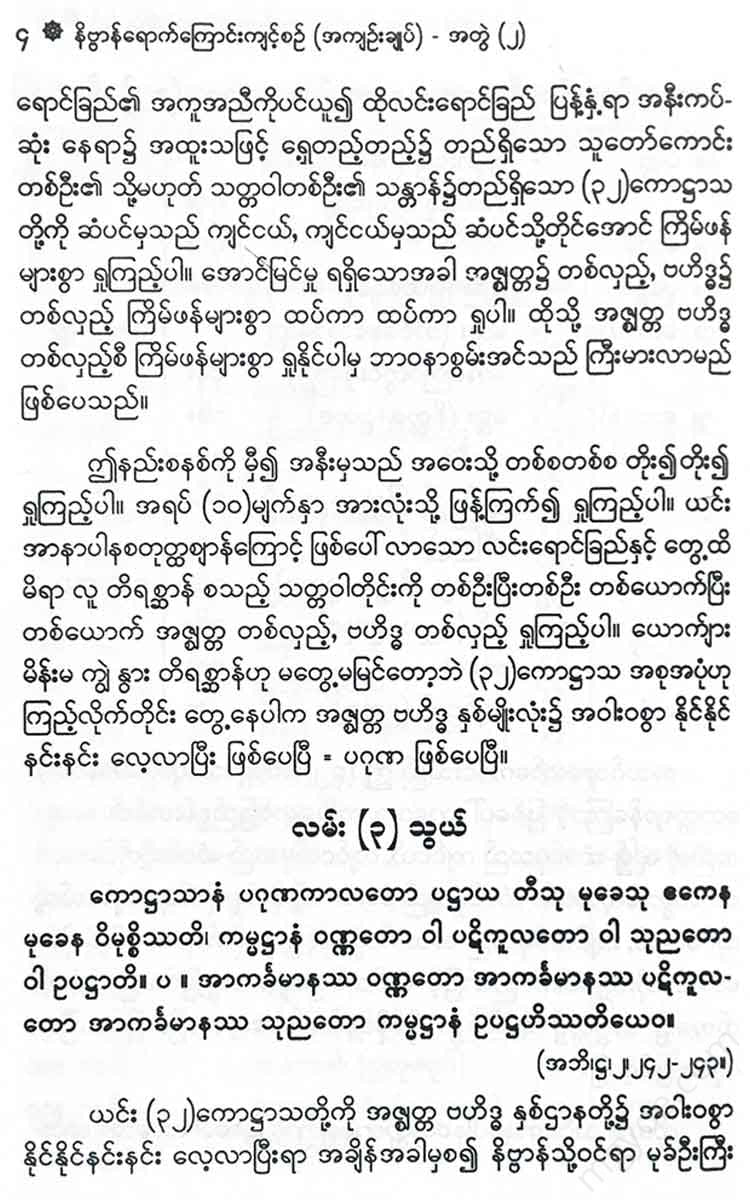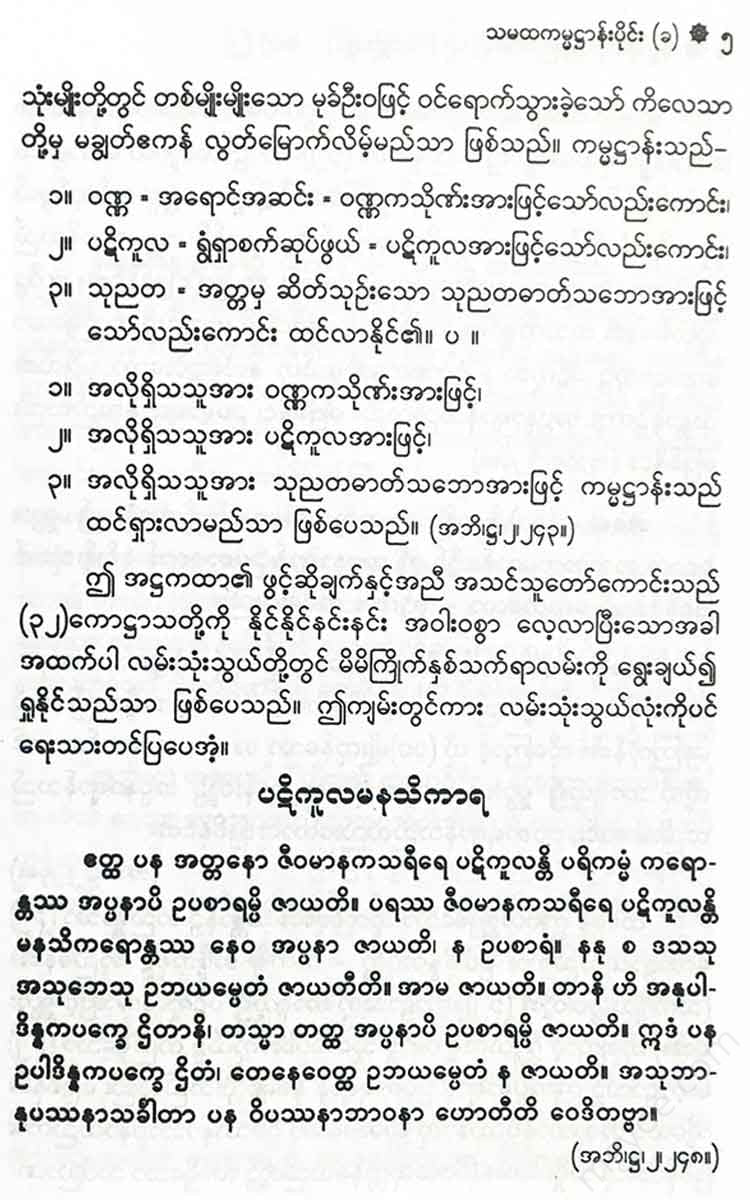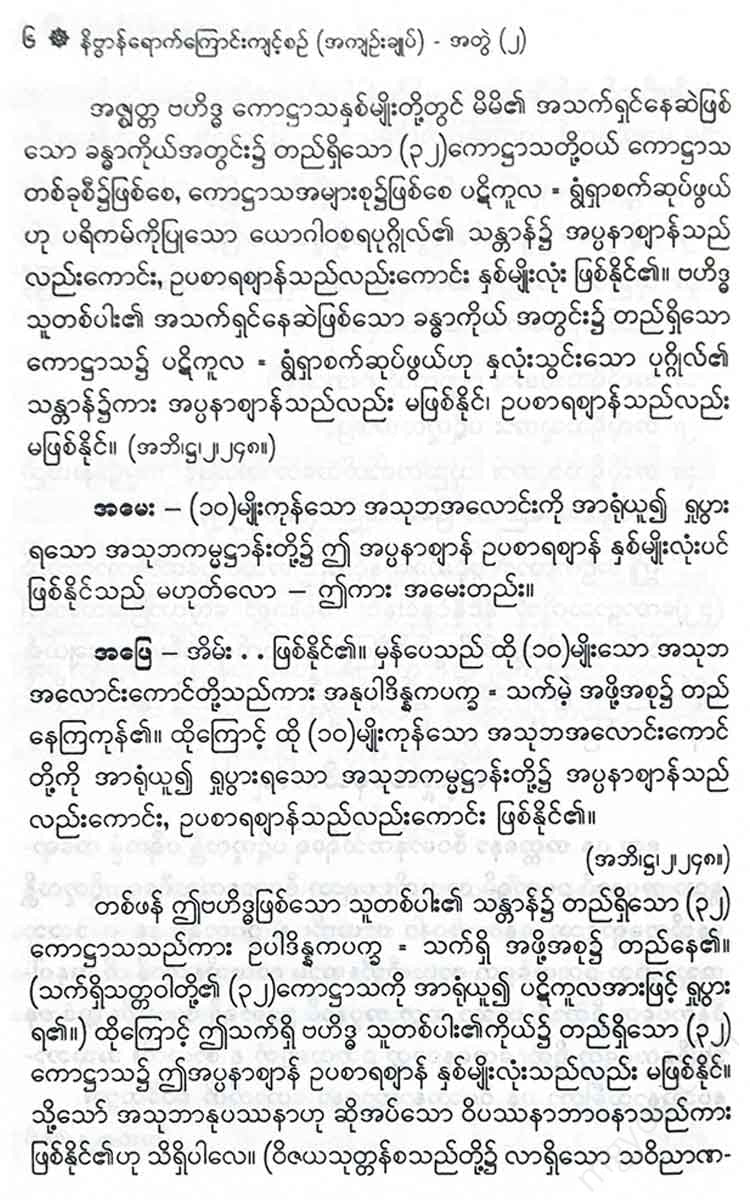Other Websites
Venerable Phor Aok Tora Sayadaw - The Practice of Attaining Nibbana (Summary) Volume 2
Venerable Phor Aok Tora Sayadaw - The Practice of Attaining Nibbana (Summary) Volume 2
Couldn't load pickup availability
Anupādinākapekkha tānī - The Atthakatha explains that among the ten types of non-living, non-living, and non-living aggregates, the non-living aggregates are present in the Anupādinākapekkha tānī. In this way, the Buddha, like the Venerable Mahatissama who lived on Mount Setiya, or the ascetic who served the Venerable Rakkhitama, resides in the bodies of external living beings.
The (32) kotthāsās are also placed in the anupādīnakapakā group of non-self-consciousness, and if they are perceived in the body while still alive as (10) asās, in the mind of a yogi who is capable of focusing, they indicate the attainment of upāsara jhāna.
(Mulatti, 2, 155.)
If one were to assume that the hair of another person is in his body, saying, “Attissa kaya,” “There is (32-objective) in his body,” one would assume that the hair of another person is in the form of a being. If one were to assume that the hair of another person is in his body, one would assume that the hair of another person is in the form of a being. If one were to assume that the hair of another person is in his body, one would assume that the hair of another person is in his body, and In this way, when the self-consciousness, which is free from the perception of being, is not called “my self,” and the “I” is destroyed, the mind dwells on the (32) aggregates of its own body, which are also visible, and is also present, and in a certain way, the (32) aggregates of its own body are present, and in a certain way, the (32) aggregates of its own body are present. In the same way, when the mind dwells on the (32) aggregates of the external body of another, it is not present. Therefore, if one dwells on the (32) aggregates of the external body of another, one cannot attain the jhāna of appanā. Even if one cannot attain the jhāna of appanā, the Vijaya Sutta (Sutta Nipat Pali) says:
As he has explained in the Vipassana section, the insight into the nature of insight, which is the ability to see the faults of one's own body and the bodies of others, is also possible in the (32) states of others. With this meaning in mind, the Atthakatha Sayadaw explains, "Know that the insight into the nature of insight, which is called Asubanupassana, is possible." (Mulati, 2, 155-156.)
In accordance with this explanation of the original commentator, in the 32 categories of the Ajjātta, there are Upasāra jhāna and Appana jhāna, and the external living body is placed in the place of the external inanimate body, in other words, the (32) categories of external living beings are placed in the place of the external inanimate body, and for those who can see through the lens, Upasāra jhāna can also be achieved in the external category. In Upasāra jhāna, there are also (5) jhāna elements. In Appana jhāna, there are also (5) jhāna elements. The jhāna elements are the same. Only the energy is different.
In the realm of the Upasara, the mind of meditation is established in the focus of concentration because it is able to abandon nirvana. In the realm of the Atman, where jhana is attained, the jhana elements manifest themselves with great power.
Because of this, the meditation mind is established in the focus of concentration. In the material realm, the jhāna elements cannot arise with full energy, but in the moment of appana jhāna, the jhāna elements arise with full energy. (See Visuddhi, 1, 123.)
Skeletal meditation
A person who has studied these (32) kothāsās in detail and masterfully, becoming virtuous, can focus on these (32) kothāsās in their entirety or on each kothāsā and practice the meditation of the mind. (See Visuddhi, 1, 257.)
Here, I will present how to cultivate a skeletal structure by focusing on it. You can start with whatever you like, whether it is the self or the external. Here, I will present how to start with the self and make an effort.
The virtuous one should re-establish the fourth jhana of self-transcendence that he has already attained. When the radiant energies are radiant and shining, Ajjatta (32)
Collect the 32 dharma of a being that is touched by the nearest ray of light in the external world. Collect the 32 dharma of the external world once or twice in succession. Collect the dharma of the external world with your mind. When the dharma of the external world appears, focus on the disgusting and disgusting nature of the dharma of the external world and say:
1. Patikula-Patikula = disgusting-disgusting,
2. Atthikapatikula = the skeleton is disgusting,
3. Atika-Atthika = disgusting skeleton, also called disgusting skeleton
In Pali or Burmese, meditate as you like. Try to keep your mind calmly fixed on that disgusting, loathsome, skeletal object for an hour or two. With the powerful upanissaya of the fourth jhana of self-reflection, this meditation mind, which is endowed with the power of benevolence and the power of generosity, will be extremely powerful. In this meditation, let the disgusting, loathsome, and the suffocating object remain clearly visible in your mind.
The sign of the covenant and the sign of the covenant
The one who is in the form of a body, the
In accordance with the opening of the above Atthakatha -
1. Vunna = color of the skeleton,
2. Appearance = the shape of the skeleton,
3. Disha = the upper and lower parts of the body where the skeleton is located,
4. Akasha = the place where the skeleton is located,
5. Paricchseda = skeletal remains alone, not mixed with other remains.
As if standing alone, the skeleton and the skeleton are also connected to each other.
How to stay uninvolved -
The skeletal structure that arises from these (5) circumstances is the sign of Uggah. All of these five circumstances, by the power of the abominable Patikula,
